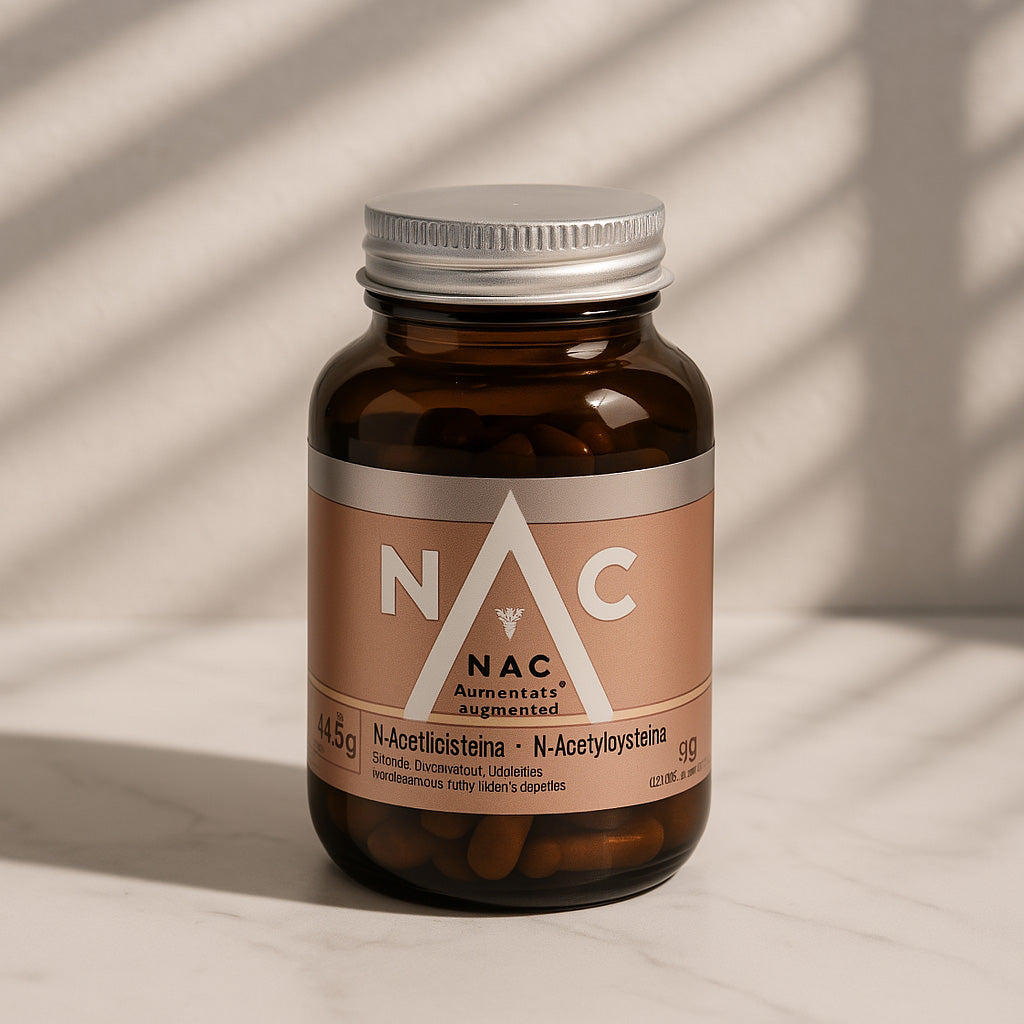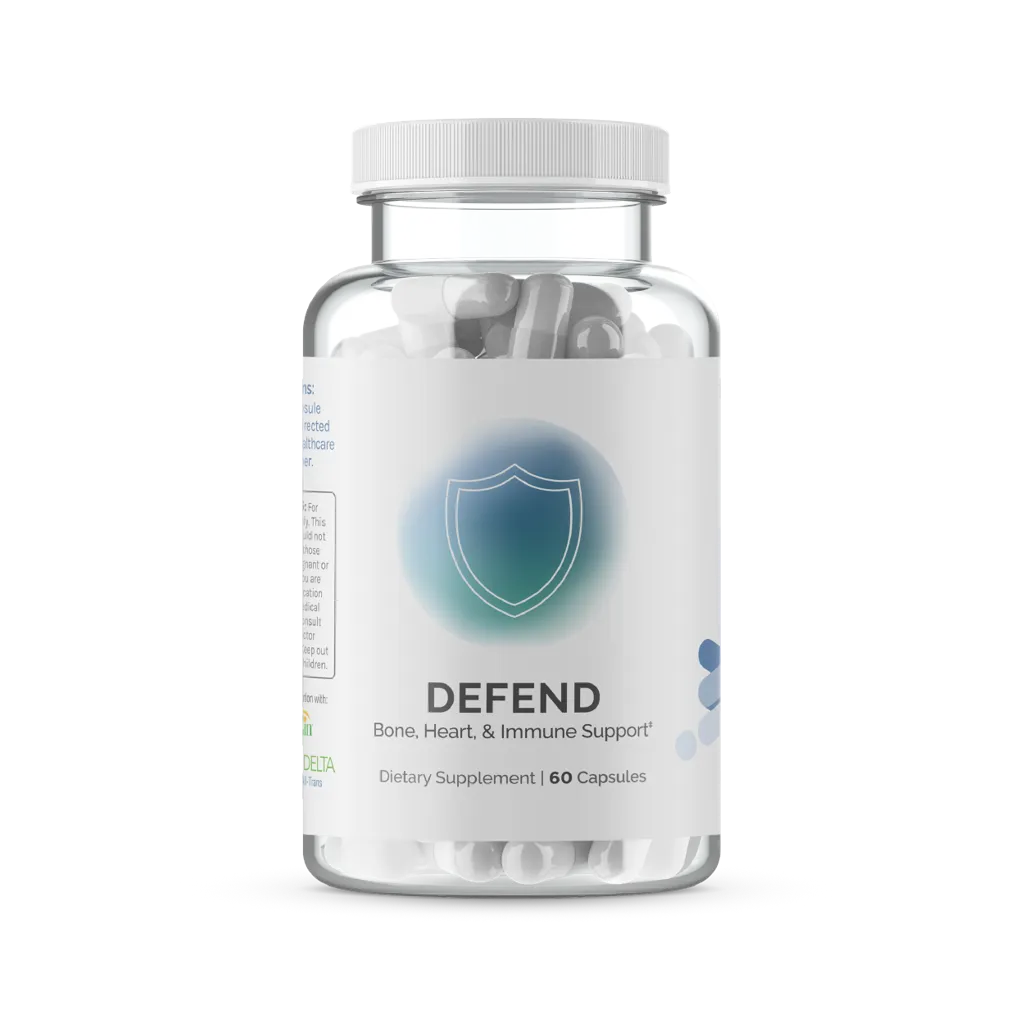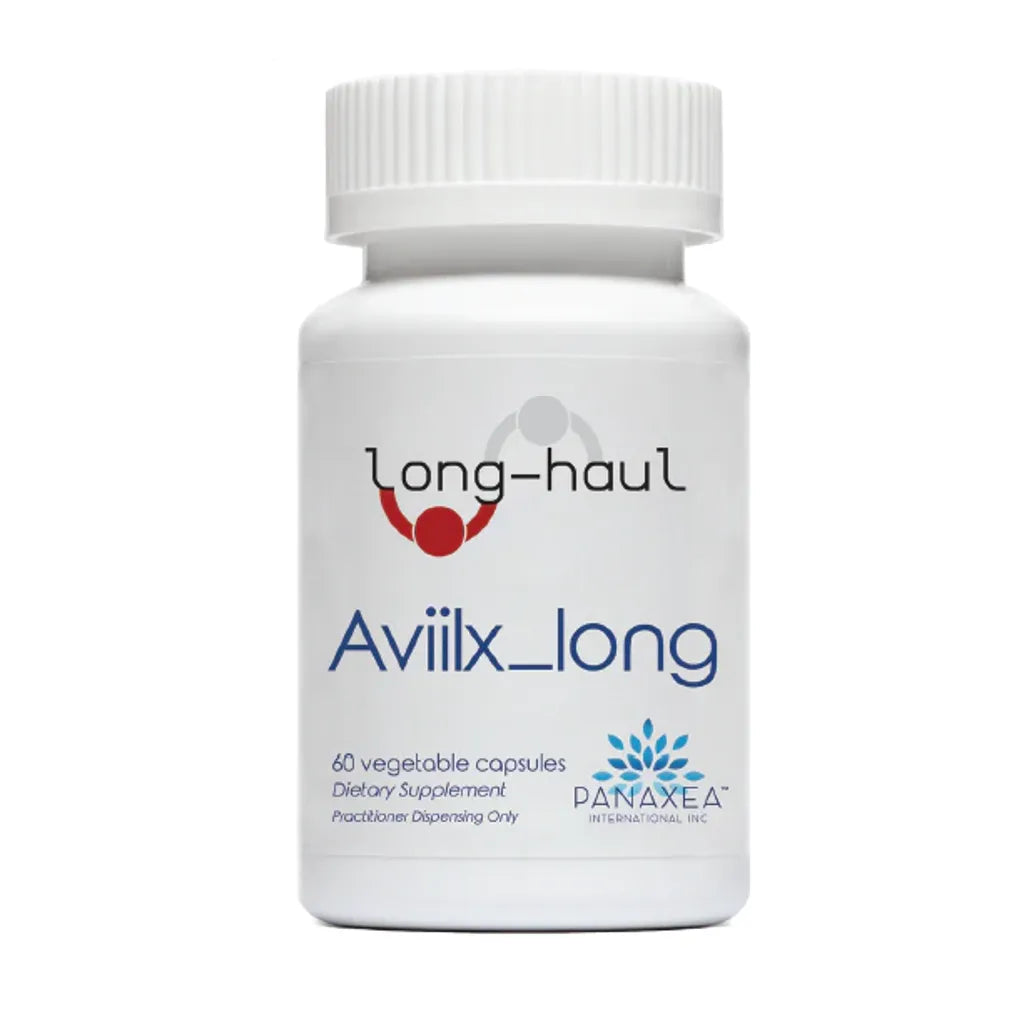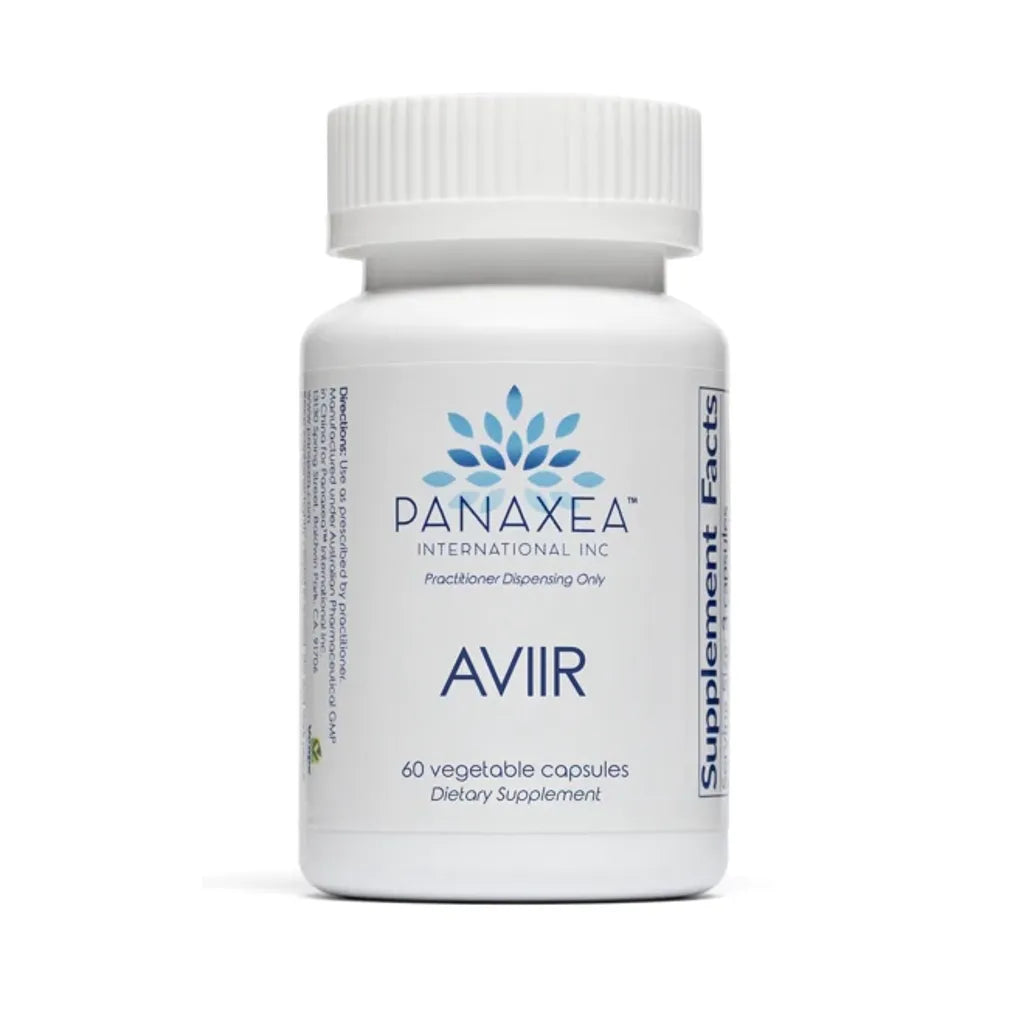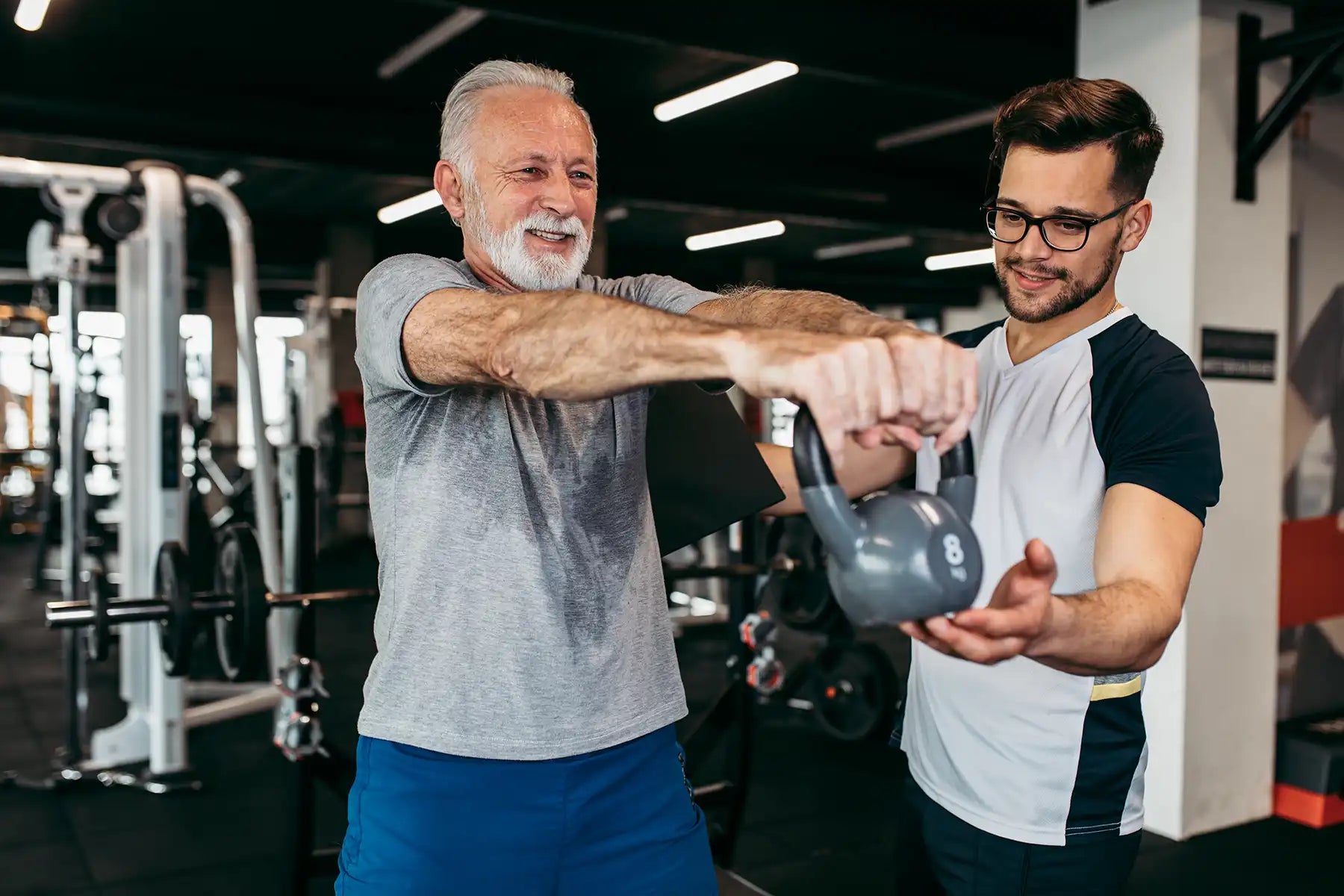When people think about longevity, they often imagine lab tests, anti-aging supplements, or advanced medical interventions. Yet one of the most powerful predictors of long-term health is surprisingly simple: muscle. Muscle mass and strength protect mobility, balance, blood sugar control, and resilience against illness and injury. In many ways, muscle is your true “longevity currency.”
Unlike some age-related changes that are inevitable, maintaining and building muscle is within your control. Lifestyle—particularly strength training, daily movement, and protein intake—directly influences how much muscle you carry into your later decades.
Why muscle matters for longevity
Research consistently shows that greater muscle mass and strength correlate with reduced risk of falls, fractures, hospitalization, and chronic disease. Here’s why muscle plays such a central role:
- Mobility & independence: Strong muscles help you get up from a chair, carry groceries, or climb stairs. These daily abilities are predictors of independence in older age.
- Blood sugar regulation: Muscle is a major site of glucose uptake. More muscle mass means more storage space for glucose, lowering the risk of insulin resistance and type 2 diabetes.
- Inflammation buffering: Muscle releases myokines—hormone-like compounds that reduce inflammation and support immune resilience.
- Illness recovery: Muscle acts as a reservoir of amino acids. During illness or injury, the body taps into muscle protein to repair tissue and fuel immune cells.
Simply put: the stronger your muscle bank account, the more reserves you have to draw on when life throws challenges your way.
The problem of sarcopenia
Sarcopenia, or age-related muscle loss, begins as early as your 30s if you don’t train against it. By your 70s, many adults lose up to 30–40% of their muscle mass compared to their peak. This decline is not inevitable—it’s strongly influenced by lifestyle.
The two main drivers of sarcopenia are inactivity and inadequate protein intake. Sedentary lifestyles reduce the mechanical stimulus for muscle growth, while low protein intake fails to provide the building blocks needed for repair and maintenance. Addressing both levers can dramatically change your trajectory.
Strength training: the anchor habit
Strength training is the most powerful tool for preserving muscle across the lifespan. Unlike cardio, which primarily trains endurance, resistance training tells your muscles to grow and adapt. It also strengthens bones, improves joint stability, and enhances confidence in daily movement.
- Frequency: Aim for 2–3 strength sessions per week.
- Movements: Cover the basics—push, pull, squat, hinge, and carry. These patterns mimic daily life activities and give the biggest return on investment.
- Progression: Gradually increase weight, reps, or intensity. Muscles only adapt when challenged.
Strength training doesn’t require a gym. Bodyweight exercises (push-ups, squats, planks), resistance bands, or household objects can all provide stimulus. For longevity, consistency matters more than perfection.
See Exercise for Longevity for more on designing a balanced program that supports both heart and muscle health.
Protein: fuel and building blocks
Protein is the raw material for building and maintaining muscle. Without enough, even the best training program will yield limited results. Unfortunately, many adults—especially older adults—consume less protein than recommended.
- How much: Most experts suggest 1.2–2.0 grams of protein per kilogram of body weight per day for adults aiming to preserve or build muscle. This is higher than the bare-minimum RDA, which was designed to prevent deficiency rather than optimize health (NIH ODS: Protein basics).
- Distribution: Spread protein across meals. 25–40 grams per meal maximizes muscle protein synthesis.
- Sources: Lean meats, fish, dairy, eggs, legumes, tofu, tempeh, and high-quality protein powders.
Pair protein with fiber-rich plants and healthy fats for balanced meals. This combination supports blood sugar stability, gut health, and satiety. For more detail, see How Much Protein Do You Really Need? and Longevity 101.
Daily movement beyond workouts
Structured workouts are essential, but non-exercise movement fills in the gaps. Sitting all day reduces circulation, stiffens joints, and sends a “disuse” signal to muscles. Adding light activity between workouts helps preserve muscle and metabolic health.
- Take short walking breaks throughout the day.
- Do mobility drills or stretching while watching TV.
- Climb stairs instead of taking the elevator.
- Carry groceries, laundry, or other household items as functional strength training.
These small inputs accumulate into meaningful protection for your muscle bank account.
Nutrition rhythm for muscle health
A muscle-friendly nutrition pattern looks a lot like a longevity-friendly one:
- Protein anchor at each meal: 25–40 grams from diverse sources.
- Colorful plants: Vegetables and fruits provide antioxidants that reduce exercise-induced oxidative stress.
- Whole grains & legumes: Add fiber, micronutrients, and plant protein.
- Healthy fats: Olive oil, avocado, nuts, and seeds support hormone balance and recovery.
Hydration also matters—muscles are about 75% water. Even mild dehydration reduces strength and increases fatigue.
Sleep & recovery: the overlooked muscle builders
Muscle growth happens outside the gym—during rest. Sleep drives growth hormone release and protein synthesis. Chronic sleep deprivation blunts recovery, lowers testosterone, and increases cortisol, all of which accelerate muscle breakdown.
- Aim for 7–9 hours of sleep nightly (Sleep 101).
- Incorporate active recovery days with walking, stretching, or yoga.
- Manage stress—chronically high cortisol undermines both muscle and overall longevity (Stress 101).
Supplements that support muscle as longevity currency
While lifestyle is primary, some supplements may help support muscle health in aging populations:
- Creatine: Extensively studied for muscle strength and increasingly for cognitive support (Longevity Supplements Under Study).
- Protein powders: Convenient way to reach daily protein goals, especially for older adults with reduced appetite.
- Vitamin D: Supports muscle function and bone strength (Vitamin D in Winter).
- Omega-3s: May reduce exercise-induced inflammation and support joint health.
Supplements are supportive, not foundational. Food, training, and sleep come first.
Cross-links to related topics
For a broader aging context, see Longevity 101. To learn more about energy pathways, read Mitochondria & Aging. For supplement context, see Supplements Under Study.
FAQ
Can you build muscle at any age?
Yes. Studies show adults in their 70s and 80s can gain significant muscle and strength with resistance training. The rate of gain may be slower, but it’s never too late.
How much protein is too much?
For healthy adults, up to 2.0 g/kg body weight per day is generally safe. Kidney function should be considered if pre-existing conditions exist.
What’s better for longevity: cardio or strength training?
Both are important. Cardio supports heart and vascular health, while strength training preserves muscle and independence. The combination is most protective.
Do women need to train differently?
No. The same movement patterns (push, pull, squat, hinge, carry) apply. Women also face sarcopenia and benefit equally from resistance training and protein.
Is muscle more important than weight or BMI?
Yes. Muscle mass and strength are stronger predictors of health outcomes than body weight alone. A lean, strong person with higher BMI can be healthier than a thin person with low muscle.
Authority resources: CDC: Activity guidelines for older adults · NIH ODS: Protein basics
